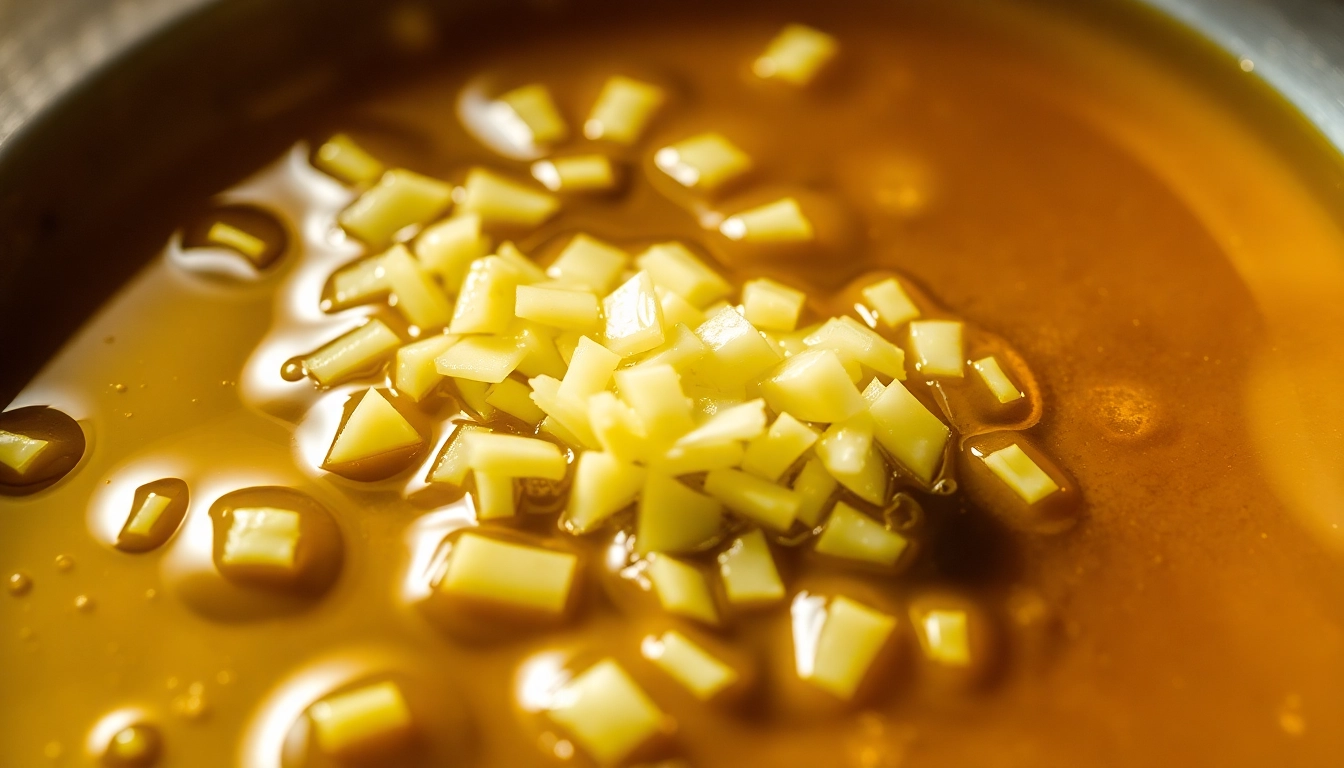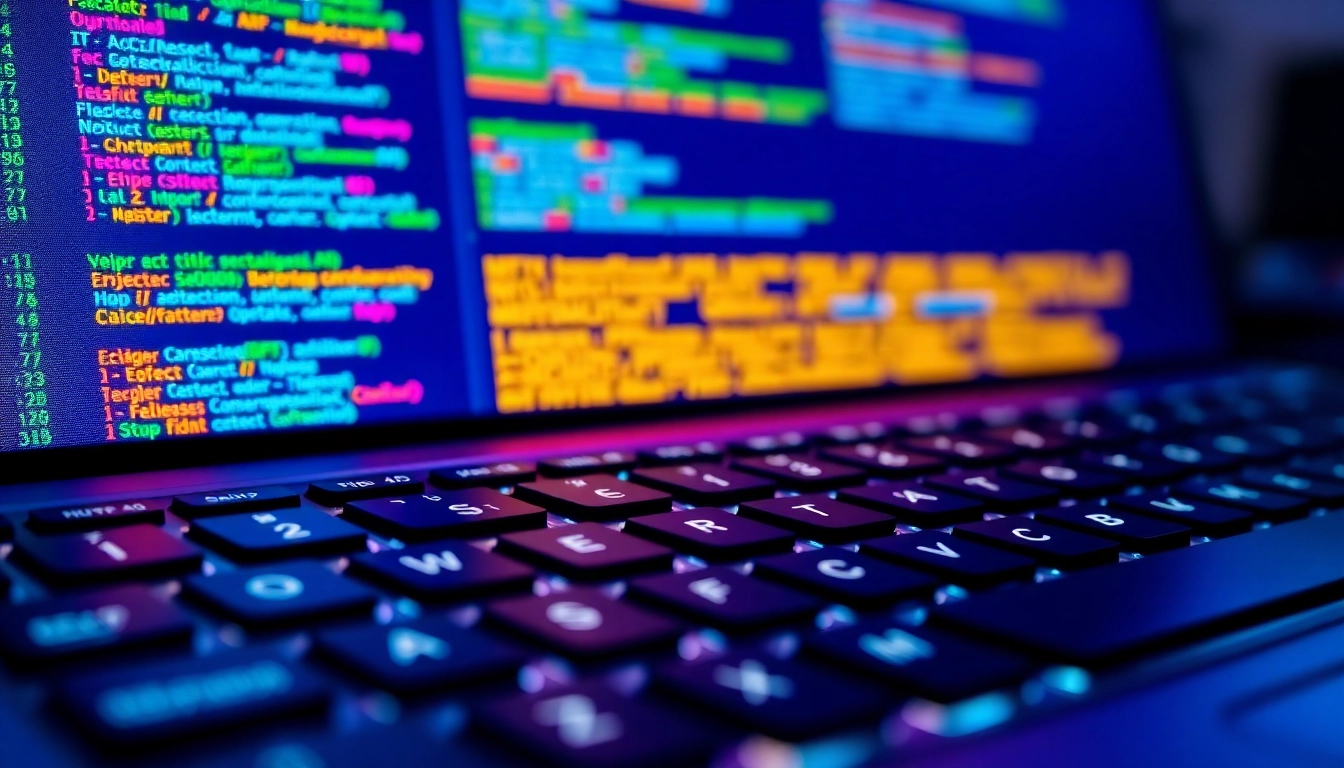Enhance Your Culinary Experience with Minced Garlic in Oil
In the realm of gourmet cooking, few ingredients possess the versatility and aroma of garlic. When preserved in oil, minced garlic transforms into an indispensable kitchen staple, offering convenience, flavor, and health benefits. For food enthusiasts and professional chefs alike, understanding the nuances of Minced Garlic in oil can elevate culinary creations to new heights. This comprehensive guide delves into its significance, quality factors, culinary applications, storage tips, and the latest industry trends, empowering you to make informed choices and innovate confidently in your kitchen.
Understanding Minced Garlic in Oil: Benefits and Uses
What Makes Minced Garlic in Oil a Kitchen Essential?
Minced garlic in oil is a culinary powerhouse that combines the pungent, spicy flavor of fresh garlic with the lubricating and flavor-enhancing properties of oil. Its convenience stems from pre-minced, ready-to-use form, saving time without compromising on taste. This product ensures uniform flavor distribution, facilitates quick sautéing, and reduces prep work, making it an essential component in sauces, marinades, dressings, and cooking bases.
Additionally, the oil not only preserves the garlic but also infuses it with aroma and flavor, creating a rich culinary foundation. Its shelf stability and ease of storage have made it a favorite across households and food industries. Quality minced garlic in oil guarantees consistent flavor and safety, crucial for maintaining culinary standards and customer satisfaction.
Health Benefits and Nutritional Value
Garlic is renowned for its potent health-promoting properties, including antimicrobial, anti-inflammatory, and cardiovascular benefits. When preserved in oil, garlic retains its bioactive compounds like allicin, which play a role in reducing blood pressure, cholesterol, and boosting immunity. However, it is essential to ensure that the garlic in oil is processed and stored hygienically to prevent microbial growth, such as botulinum toxin formation. High-quality, certified products undergo sterilization and preservation techniques to mitigate such risks.
Moreover, garlic’s vitamins (B6, C), minerals (selenium, manganese), and antioxidants contribute to overall health, making minced garlic in oil not just a flavor enhancer but also a superfood supplement.
Common Culinary Applications
Minced garlic in oil is adaptable across a vast array of dishes:
- As a base for stir-fries, curries, and soups, delivering depth of flavor in minutes.
- In salad dressings, marinades, and dips, imparting a fresh, pungent aroma.
- For roasting vegetables or meats, creating a fragrant crust.
- In bread making, butter spreads, and snack seasonings for an aromatic kick.
- As a finishing touch on pizzas and pasta to enhance aroma and taste.
Furthermore, the consistency and aroma of minced garlic in oil allow chefs to optimize flavor profiles systematically, ensuring uniformity in large-scale production or fine dining settings.
Quality Factors and How to Choose the Best Minced Garlic in Oil
Packaging and Freshness Indicators
Choosing premium minced garlic in oil begins with scrutinizing packaging. Look for airtight, tamper-evident containers that prevent contamination and oxidation. Freshness can be gauged through expiration dates, manufacturing dates, and storage conditions indicated on labels. High-quality products often come with clear certifications and hygiene seals that verify their authenticity and safety standards.
Opt for packaging that is UV-protected and antioxidant-rich to prolong shelf life and preserve flavor integrity. If possible, select products stored in glass jars or BPA-free bottles to minimize chemical leaching and ensure purity.
Organic vs. Preserved Options
Organic minced garlic in oil is cultivated without synthetic pesticides or fertilizers, appealing to health-conscious consumers. Organic varieties often undergo rigorous testing and certification, guaranteeing purity and ecological sustainability. Conversely, preserved options might contain preservatives or artificial additives that extend shelf life but could compromise health benefits. It’s essential to evaluate your priorities—whether flavor, purity, or longevity—when selecting between organic and preserved product variants.
Supplier Certifications and Standards
Trustworthy suppliers adhere to international standards such as ISO, HACCP, and GMP certifications, ensuring product safety, quality control, and hygienic processing. Verify certifications and scrutinize supplier credibility, especially when purchasing for commercial purposes. Leading manufacturers like Spice Nest, possessing extensive experience and certifications, consistently deliver products fulfilling both safety and flavor excellence.
Incorporating Minced Garlic in Oil into Your Recipes
Easy Starter Recipes for Home Cooks
For beginners, simple recipes like garlic butter, sautéed vegetables, or scrambled eggs benefit from the addition of minced garlic in oil. Just a teaspoon added to hot oil releases its aroma, enhancing the dish’s flavor profile instantly. Combining minced garlic in oil with herbs or spices creates homemade marinades or salad dressings that elevate everyday meals.
Elevating Main Courses and Sauces
In more complex preparations, minced garlic in oil forms the foundational flavor in pasta sauces, such as aglio e olio, or in rich gravies and stews. Applying it at the initial stages of cooking allows the oil to absorb the garlic’s essence, imparting a layered flavor experience. It also speeds up cooking times and intensifies aroma for an inviting dining presentation.
Creative Uses in Snacks and Appetizers
Beyond traditional dishes, minced garlic in oil can be used to create flavorful snacks: garlic-infused spreads, seasoned nuts, or marinated cheeses. For example, brushing garlic oil on bread before toasting results in a fragrant garlic crostini. Mixing minced garlic in oil with melted butter creates perfect dipping sauces for appetizers like garlic shrimp or stuffed mushrooms.
Storage, Shelf Life, and Safety Tips
Proper Storage Practices to Maintain Freshness
To maximize shelf life, store minced garlic in oil in a cool, dark, and dry place or in the refrigerator. Once opened, it is advisable to consume within a few weeks or follow the manufacturer’s recommended shelf life, typically 3-4 weeks for home storage. Always use clean utensils to avoid cross-contamination and to maintain product integrity.
Signs of Spoilage and When to Discard
Watch for changes such as off-odor, discoloration, mold, or bubbling in the oil, which are indicators of spoilage. The presence of an unusual slimy texture or sour taste warrants discarding the product immediately to prevent foodborne illnesses.
Food Safety and Handling Guidelines
Always observe strict hygiene when handling minced garlic in oil, including handwashing and using sanitized utensils. Do not simmer or reheat the product repeatedly. If making homemade garlic oil, ensure proper sterilization and preservation methods to avoid bacterial growth. Commercially packaged products adhere to safety standards, providing peace of mind to consumers.
Market Trends and Industry Insights for Minced Garlic in Oil
Demand Drivers in the Food Industry
The rising consumer preference for convenient, high-flavor ingredients has propelled the demand for minced garlic in oil globally. Its appeal is amplified by the increasing awareness of garlic’s health benefits and the desire for natural, preservative-free products. Additionally, the growth of international cuisines, especially Italian, Mediterranean, and Asian, fosters widespread usage across restaurants and households.
Export Opportunities and Global Markets
India’s renowned spice manufacturing sector, exemplified by companies like Spice Nest, is gaining momentum in exporting minced garlic in oil to markets in Europe, North America, and Asia. Key factors influencing export growth include adherence to international safety standards, organic certifications, and innovative packaging solutions that cater to diverse consumer preferences.
Emerging Packaging and Branding Innovations
Packaging innovations focus on sustainability, convenience, and branding appeal. Resealable pouches, glass jars with dispensing caps, and eco-friendly containers are trending. Clear labeling emphasizing organic, preservative-free, or gluten-free credentials serve to differentiate products in an increasingly competitive market. Branding that highlights quality certifications, origin, and health benefits resonates strongly with modern consumers.





